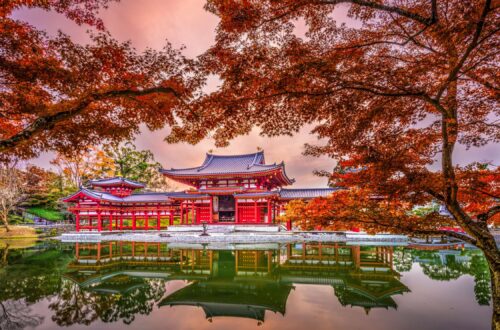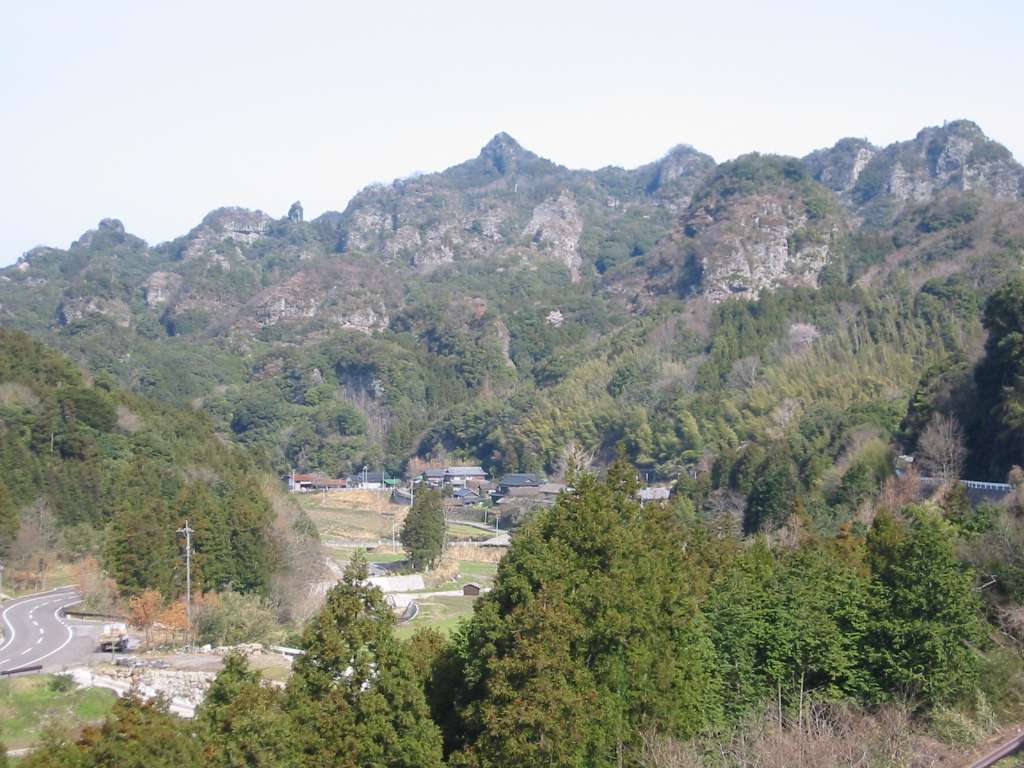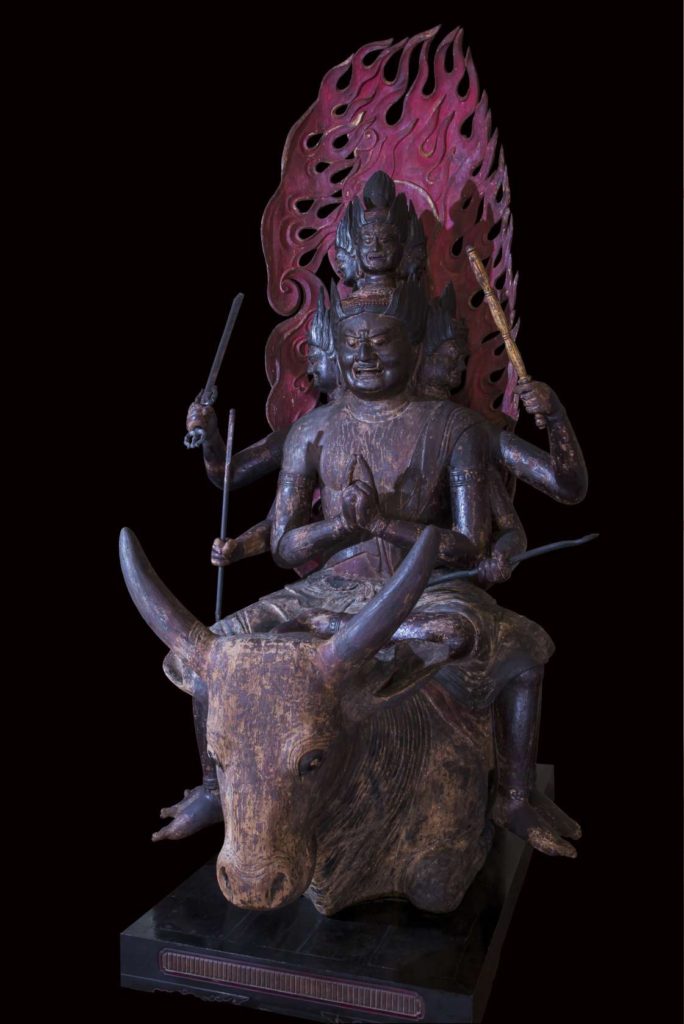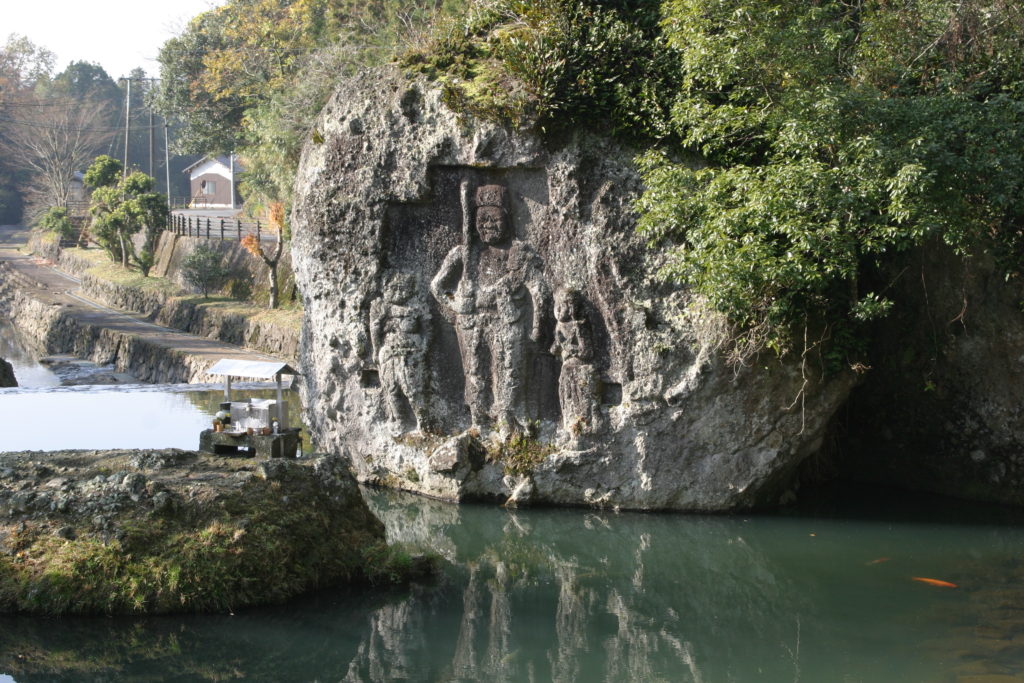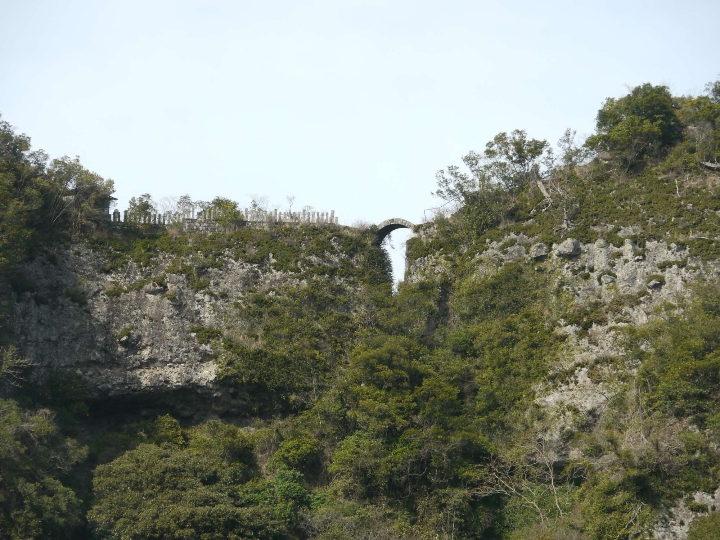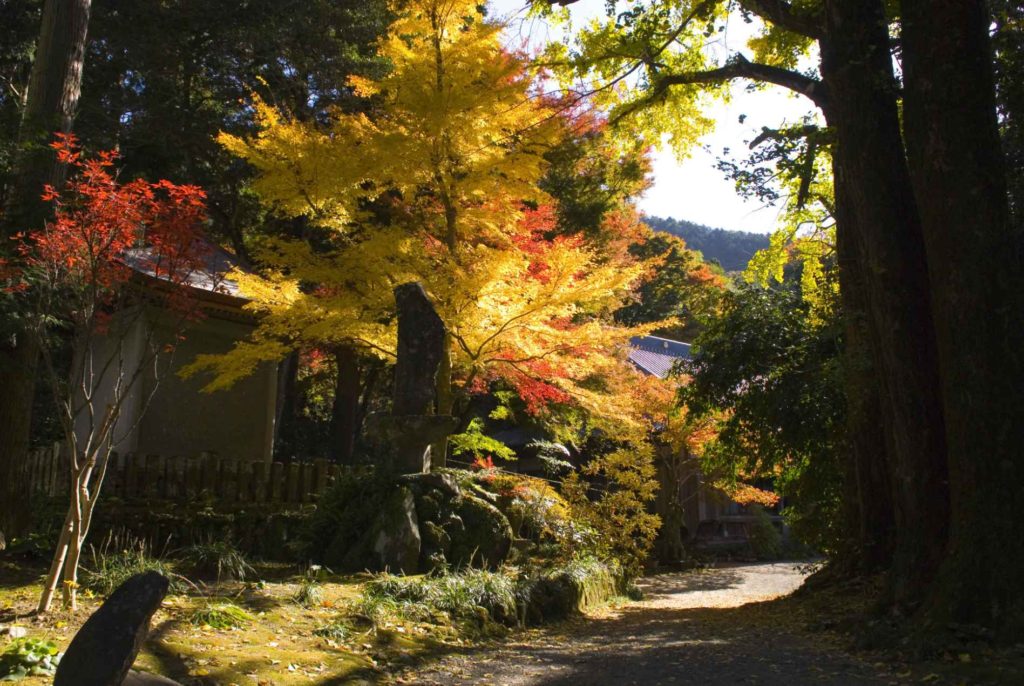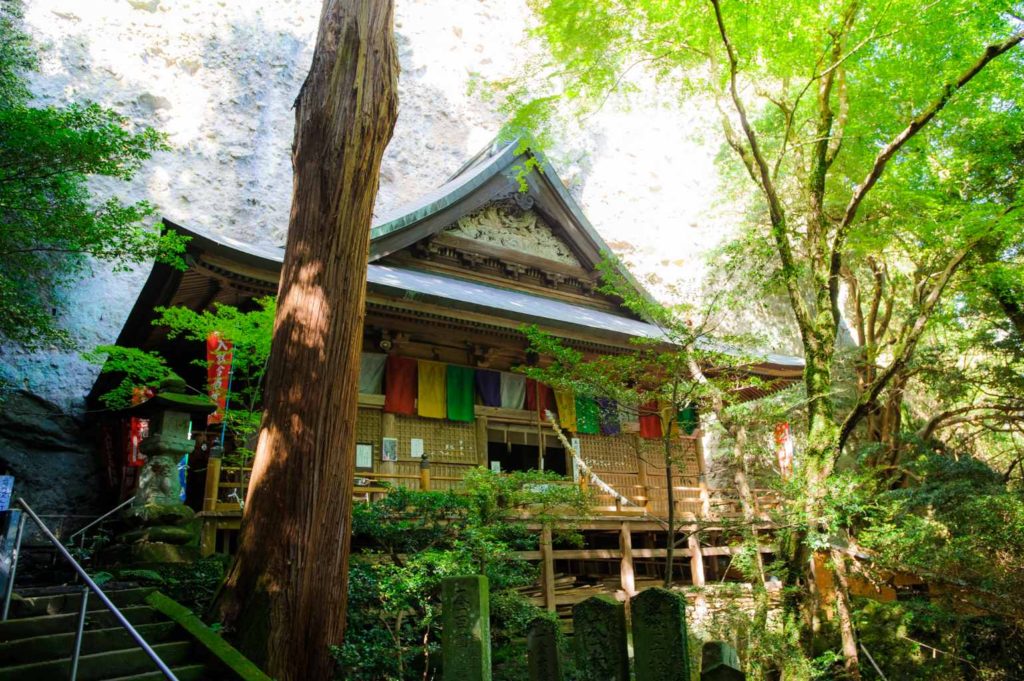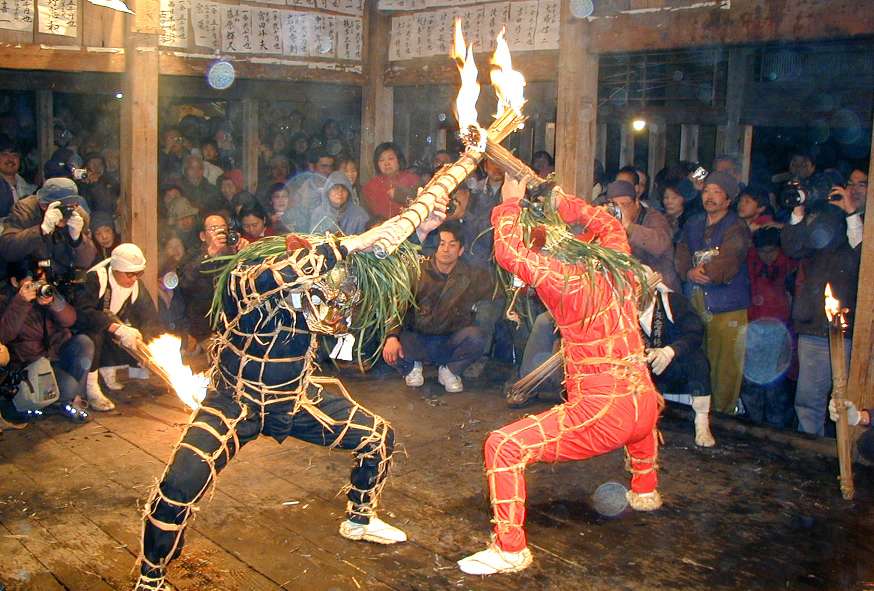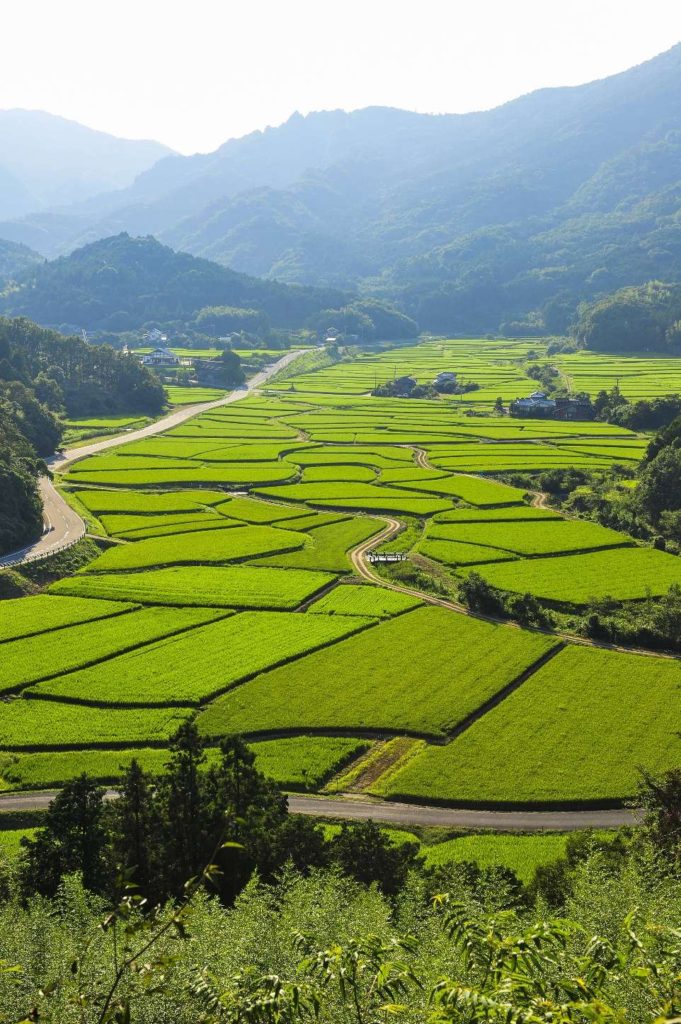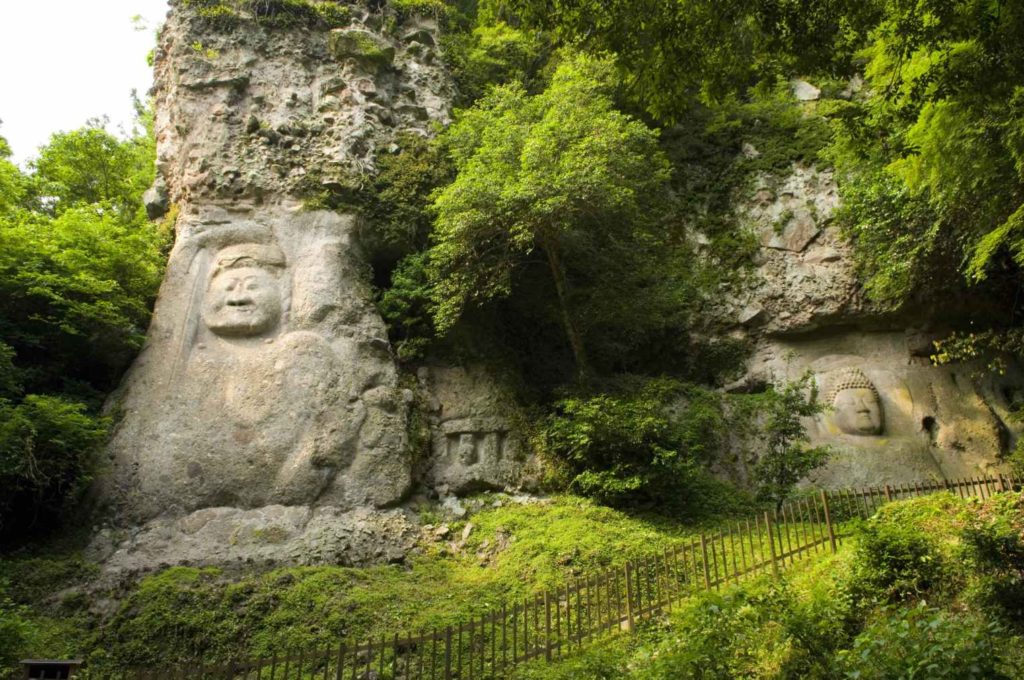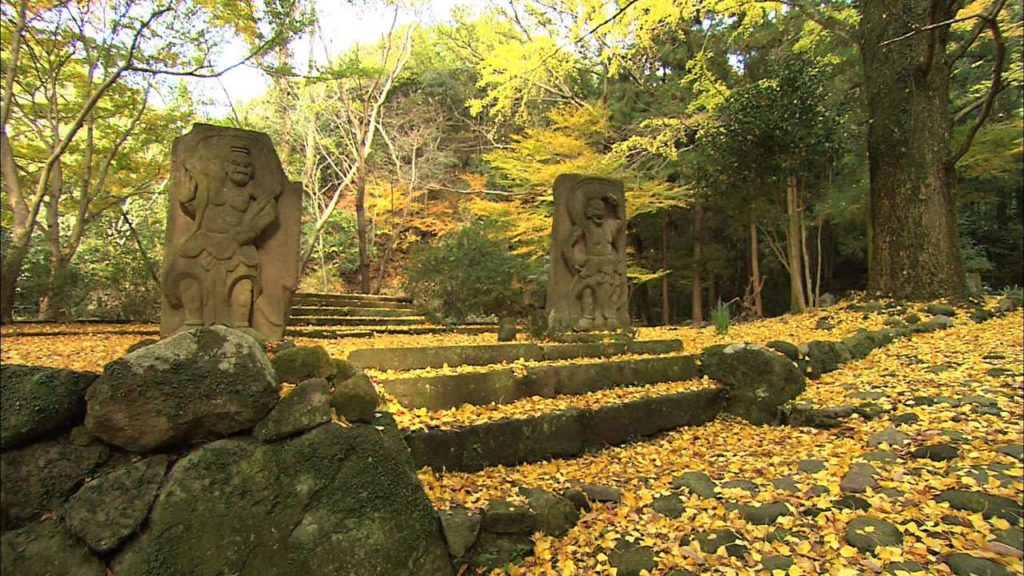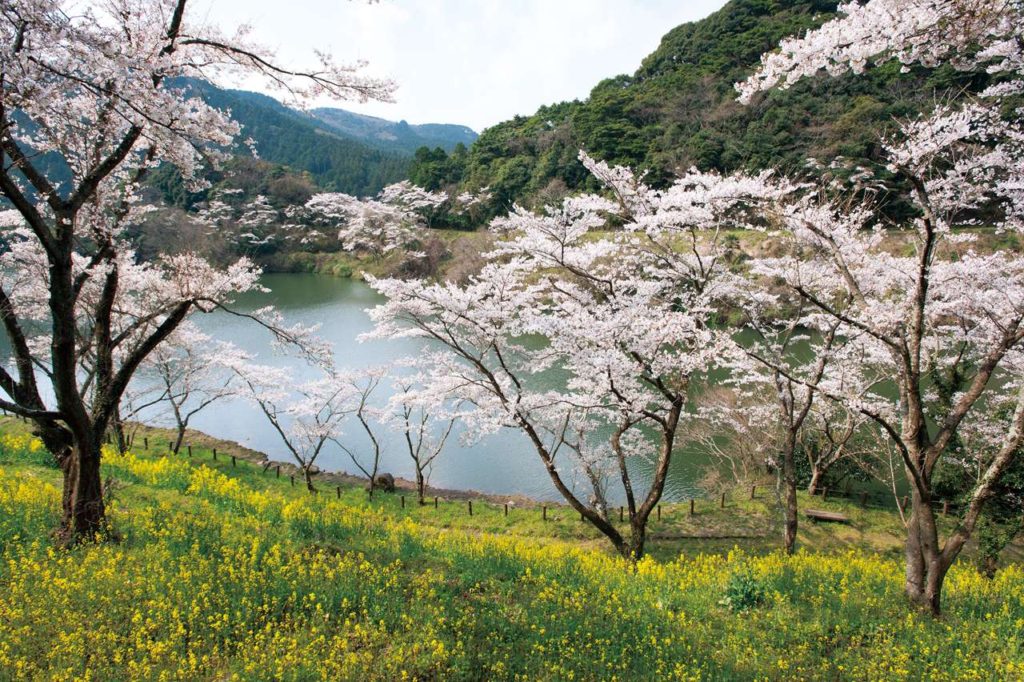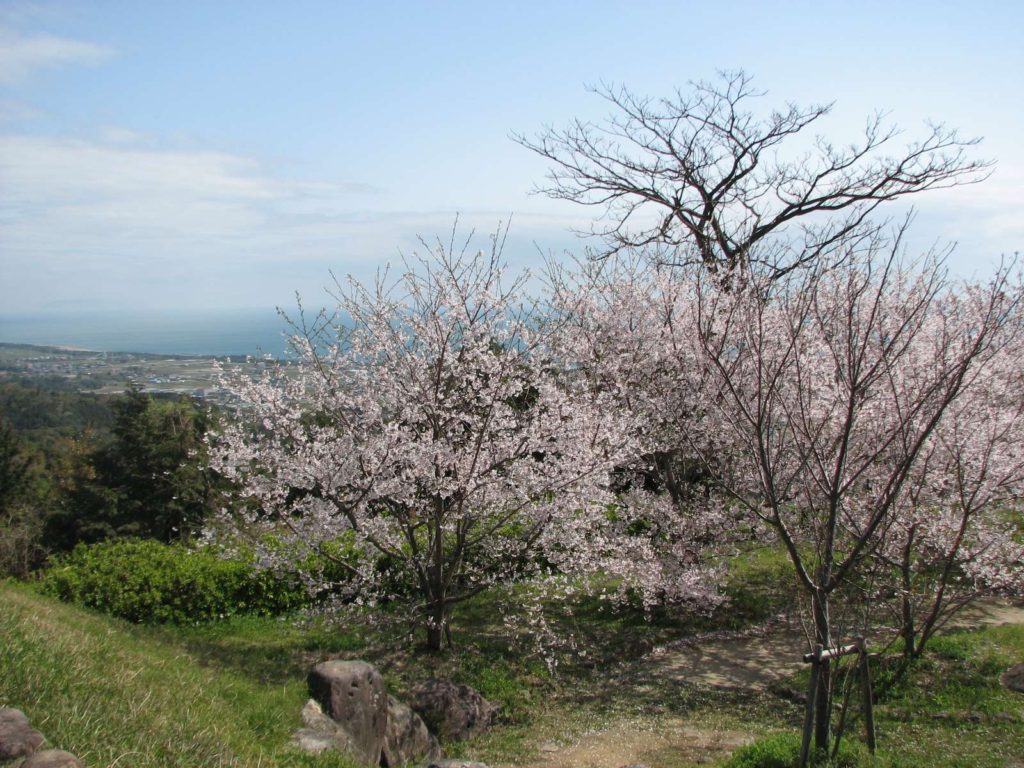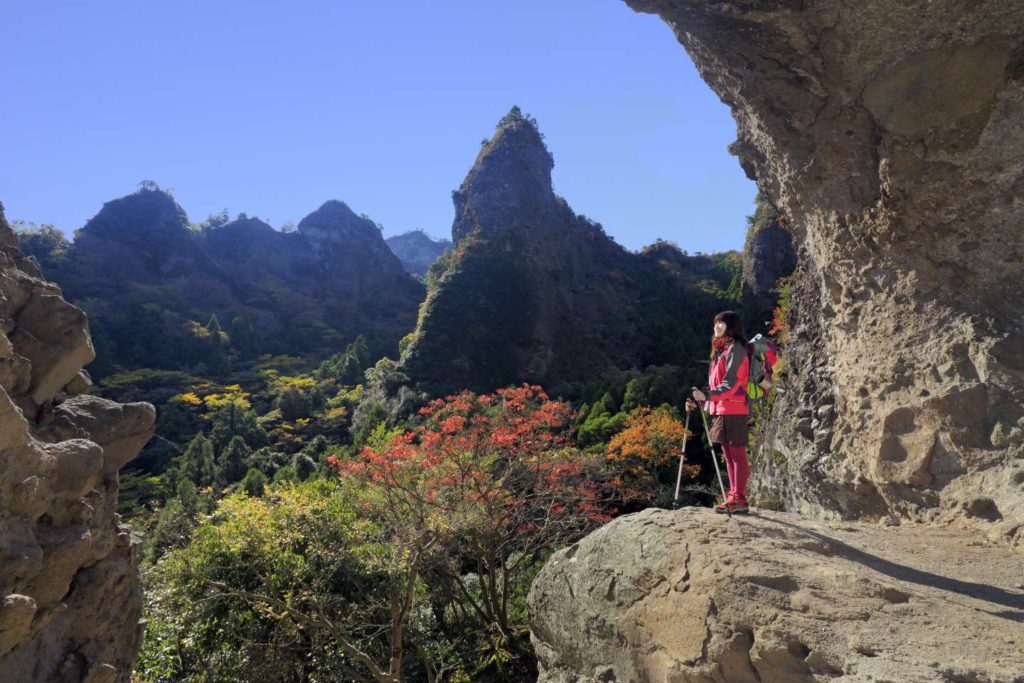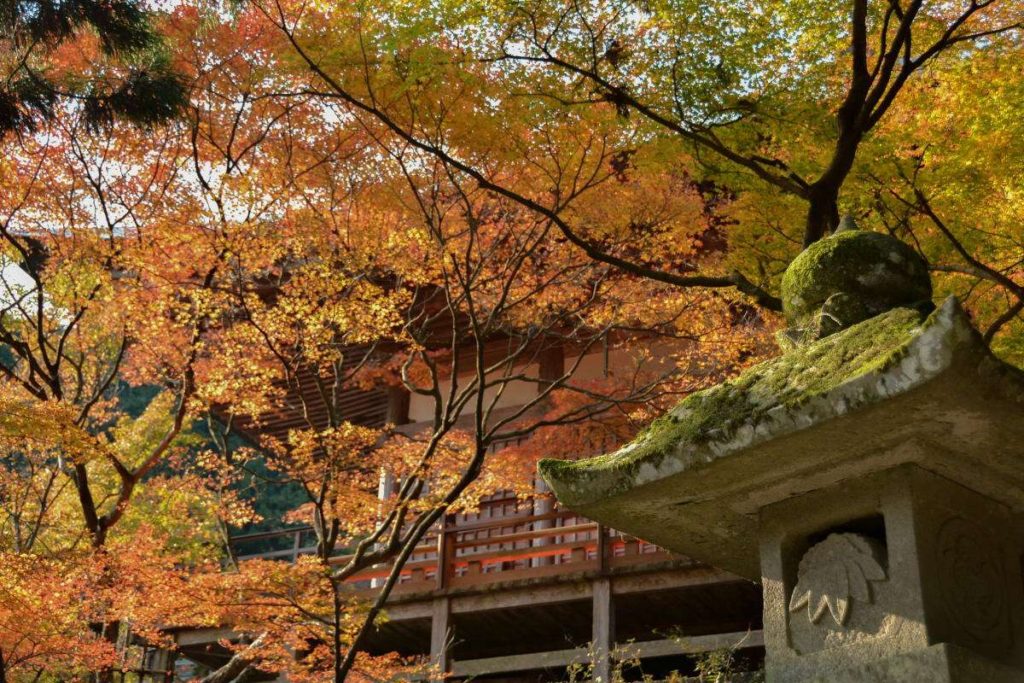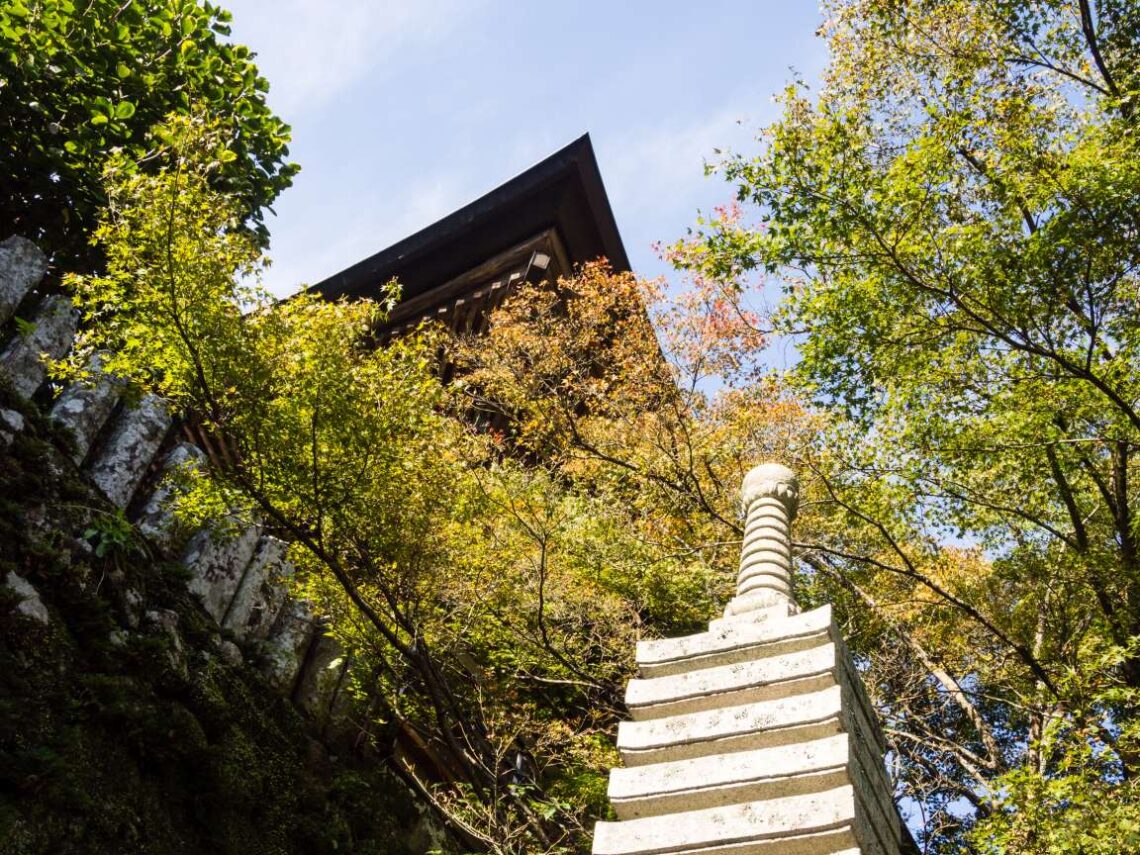
Kunisaki Peninsula – Discover Kyushu’s Authentic & Hidden Beauty
Kunisaki Peninsula (国東半島), home of majestic mountains and rustic Buddhist temples is certainly one of Japan’s secret gem. Furthermore, the region is also home to an ancient 1,300 years old culture known as Rokugo Manzan (六郷満山). In essence, the place is a spiritual site nestled in a nature haven that is rich in history and culture. With that in mind, let us explore this lovely hidden destination shall we?
Table of Contents
Background of the Kunisaki Peninsula
Kunisaki Peninsula itself was formed from volcanic activities millions of years ago; which resulted in its current mountainous topography. It is located north-east of the island of Kyushu (九州), just north of the city of Oita (大分) and Beppu (別府) facing the Seto Inland Sea (瀬戸内海). In the center of the peninsula lies the highest peak of the region, that is the towering Mt Futago (両子山) at a height of 721 metres.
In addition, this region is where the mountain ascetic culture of Rokugo Manzan was borned 1,300 years ago. Founded by the legendary Ninmon (仁聞), the practice itself is an assimilation of Buddhism (仏教) and Shintoism (神道), with a mix of mountain worship. The name Rokugo Manzan (六郷満山) itself means ‘Six Districts, Full of Mountains’; a reference to the nature of the region as well as the region’s former six districts. These districts are 武蔵/Musashi, 来縄/Kunawa, 田染/Tashibu, 安岐/Aki, 伊美/Imi, 国東/Kunisaki; which eventually were integrated into one region, known as Kunisaki today.
From the inception of the culture, many Buddhist temples were established throughout the region which incorporated elements of Shintoism and mountain worship together. In fact, many of these temples were built deep within the forest, with practitioner monks often hike across the rocky mountain trails and meditate in caves to connect closer to their spiritual side. For a fun fact, the monks also established an administrative organisation just for the temples (see here for more details). Today, the peninsula is a local go-to not just for nature lovers; but also among locals who seek spirituality.
Exploring the Kunisaki Peninsula
Exploring Kunisaki is certainly akin to hiking into the wilderness. The region’s main attractions include rustic temples as well as nature scenic sites that are surrounded by towering rocky mountains. As a matter of fact, the region is the perfect spot for temple hopping while indulging in the beauty of mother nature. Check out the attractions below which include the sheer amount of peaceful rustic temples, the variety of gorgeous landscapes as well as the nearby charming historic towns.
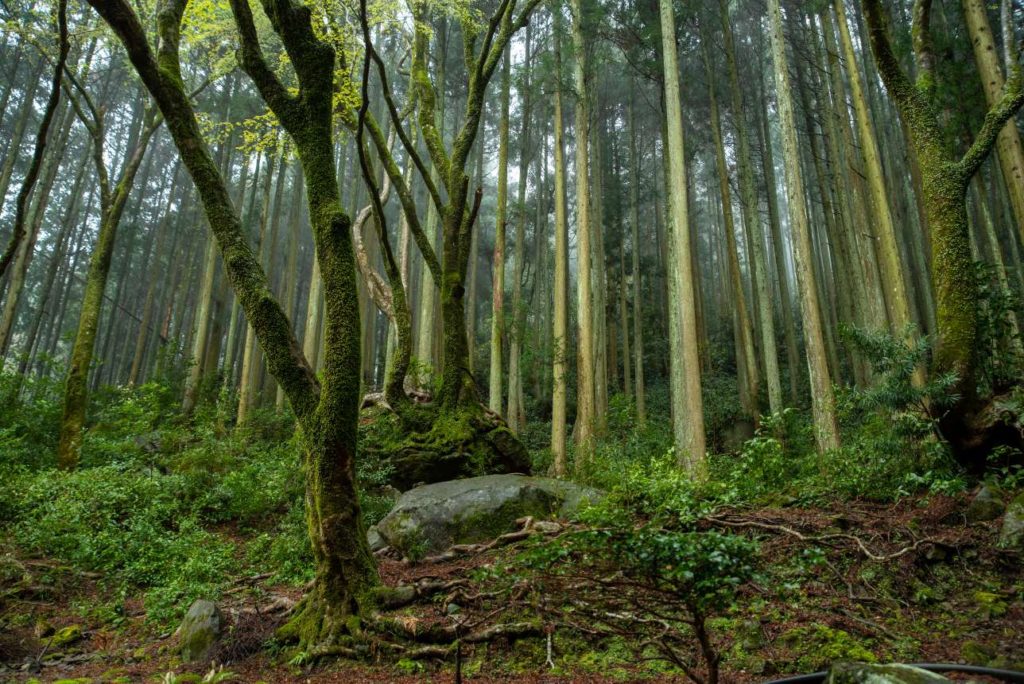
For Those Who Are Into Temple Hopping
Meet the Ancient Poster Boys of the Region
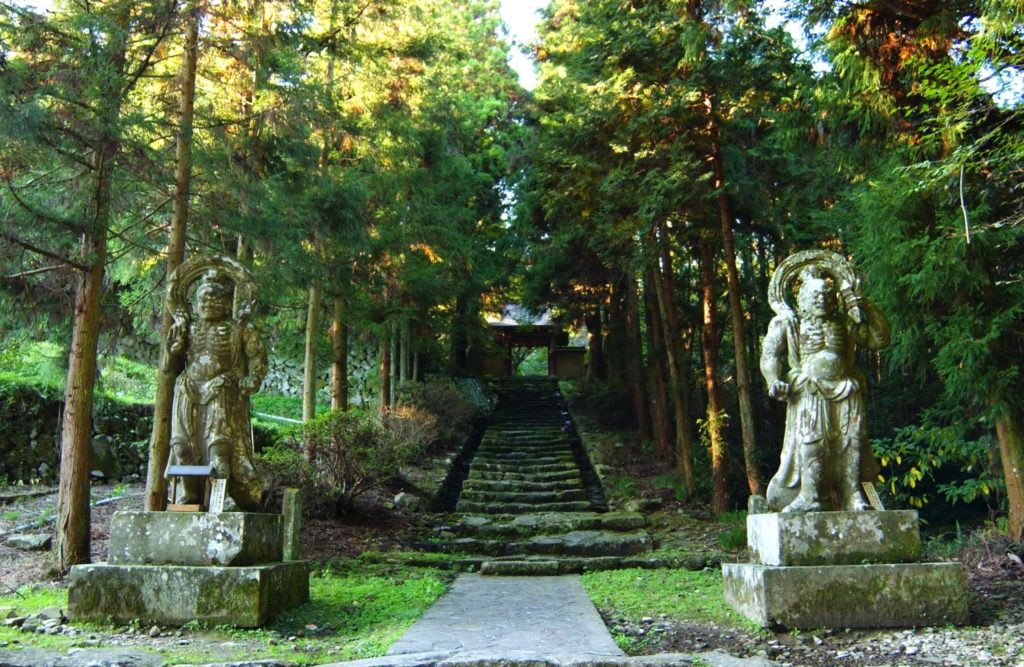
Futagoji temple (両子寺) is often considered one of the two poster boys of the Kunisaki Peninsula and for reasons. Not only is it located on the foot of Mt Futago in the center of the peninsula; but also features an iconic scenery of twin large statues guarding the entrance. These are the Nio guardians (仁王) and they serve as guardians of the temple itself (and even scared off robbers back in the old days). They are the largest of their kind in this area, and remained a symbol of the region’s Buddhism influence till this day. Also, the temple’s complex being stretched across the dense forest certainly leaves for plenty of opportunities for forest bathing. Be sure to check out my separate guide for more info.
Operating hours: 8.00 am – 5.00 pm (Mar until Nov); 8.30 am – 4.30 pm (Dec until Feb)
Entrance Fee: 300 Yen
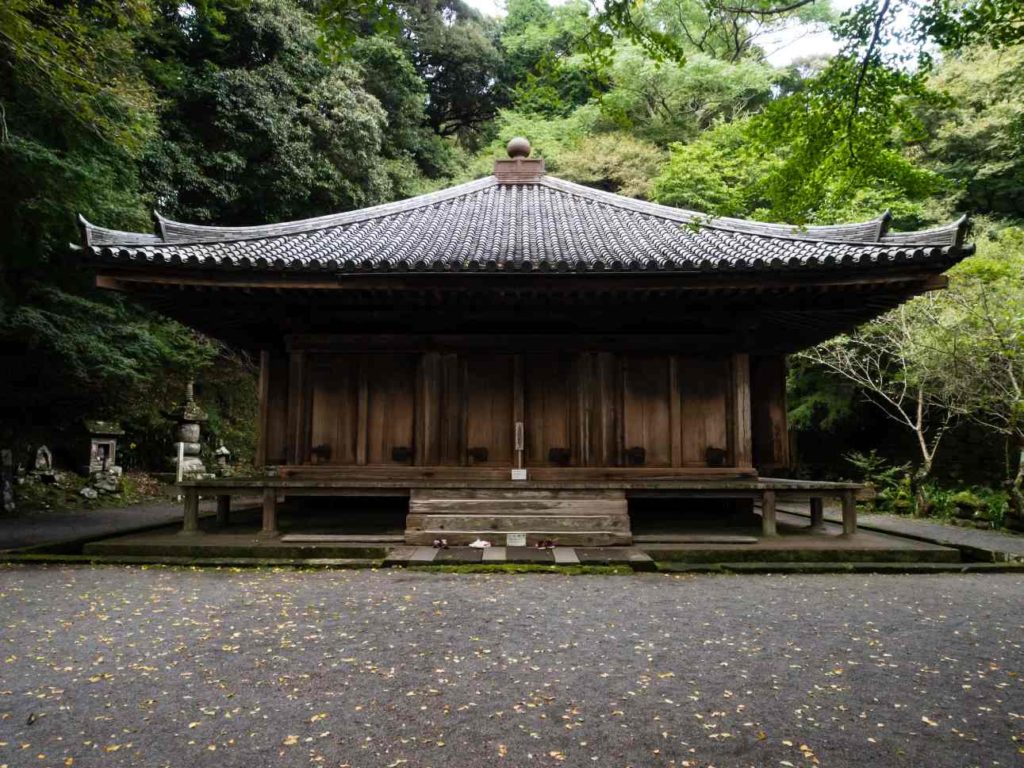
The other poster boy of the region; Fukiji temple (富貴寺) is mainly known for having the oldest wooden prayer hall in Kyushu. The hall which was build in AD 718 features a unique architecture design known as the sweeping roof design. It is an elegant design that resembles a phoenix (Hou-ou/鳳凰) spreading its wings. Even more noteworthy is the temple’s scenery during autumn (mid-Nov to early-Dec), when the leaves turn bright-red and golden. This transforms the temple’s scenery from a serene meditation spot to a golden vibrant land of bliss.
Operating hours: 8.30 am – 4.30 pm
Entrance Fee: 500 Yen
For The Museum Lovers
Formerly one of the Rokugo Manzan temples known as Makisan Denjoji (馬城山伝乗寺), an unfortunate fire destroyed the complex 700 years ago. In the midst of disaster, locals miraculously saved 9 Buddha statues which were originated from the Heian period (平安時代/AD 794 – 1185). Today, the Makiodo Hall (真木大堂) serves as a museum of what was considered the largest temple in Kunisaki.
The statues displayed here are some of the finest craftworks that have existed since the inception of Buddhism in Japan; which should not be missed by those who love artefacts. In particular, the statue of the Destroyer of Death, Daiitoku-Myoo (Daiitoku-Myouou/Daiitoku-Myōō/大威徳明王) here heights around 241 cm and is the largest of its kind in Japan. From the multiple arms, to its flaming aura and angry expressions; one can certainly imagine the attention to details these craftsmen had devoted in order to craft these statues to perfection.
Operating hours: 8.30 am – 5.00 pm
Entrance Fee: 300 Yen
For the Fans of Scenery Photography
While not as renowned as the above poster boys, Tennenji (天念寺) is more known for its mesmerising sceneries. Two in particular stood out; with the first being an ancient rock carving of Fudo-myoo (pronounced Fudou-myouou/Fudō-myōō/不動明王), the vanquisher of evil in Buddhism. The statue was built long time ago to tame the nearby raging river; and until this day, the carvings still miraculously remained intact. In fact, one can observe the stern expression of Fudo-Myoo; which is said to scare even more vilest demons in hell.
The other scenery is a simple yet mysterious stone bridge that connects two ridges in the nearby scenic Yabakei (耶馬渓). This is the Mumyo Bridge (無明橋); where Rokugo Manzan practitioners used to cross during their rigorous training (given that the temple itself is actually a training ground for monks since its inception). While the bridge isn’t particularly fancy, it is undeniably a fascinating sight to see a fenceless bridge standing tall in between two ridges.
Operating hours: 8.30 am – 5.00 pm
Entrance Fee: N/A
For Those Who Admire Flowers
Once the head temple of the Rokugo Manzan temples in the Kunisaki Peninsula, and also a military base for an unknown warlord. Today in a twist of irony, Choanji (長安寺) becomes the go-to spot in the peninsula for flower viewing among locals. The site is mainly a blooming haven for seasonal flowers all year round; in particular, Rhododendron (shakunage/シャクナゲ) flowers that bloom from mid-April to May. During this time, these red and white Rhododendrons transform the rustic temple grounds into a romantic botanical haven.
Other than that if you are looking for something more soothing and calm, check out the blue and purple hydrangeas (ajisai/アジサイ) that bloom during June. If mystery is your thing, look out for the spider lilies (higanbana/彼岸花) that bloom between mid to end-November. These crimson red flowers are said to represent the afterlife in Buddhism, and their presence add a degree of solemnity to the overall atmosphere.
Operating hours: 8.00 am – 5.00 pm
Entrance Fee: 300 Yen (however entrance fee during Rhododendron watching season is 200 Yen)
For Those Who Enjoy Forest Bathing
Monjusenji (文殊仙寺) is a temple established in AD 648 that worships the deity of wisdom, Manjushri; earning the nickname as the temple of wisdom. While many temples in Kunisaki are surrounded by the lush forest, Monjusenji in particular is known for its towering cedar and zelkova trees. The mountain path leading to the temple’s main hall in particular is filled with these ancient trees that have existed for centuries.
Not only do these trees provide a wonderful shade during summer, they also create for some spectacular nature sceneries that make you go “Wow”. More importantly, this place also features a unique Designated Treasure; an ancient 1,000 years old zelkova tree (大欅). One should not miss out on this tree as it will make you stare in awe with its sheer size and also massive roots. To learn more about this enchanting place, check out my separate guide here.
Operating hours: 9.00 am – 4.30 pm
Entrance Fee: N/A
If You Enjoy Checking Out Festivals
In comparison with the above temples, Iwatoji (岩戸寺) and Jobutsuji (成仏寺) are undeniably much smaller and lesser-known. Iwatoji does stand out a little more in particular as it contains a pair of Nio guardians (仁王) statues, with one of them being oldest of its kind in the region (created in AD 1478). On the other hand, both temples have the honour to host the hosts the annual Shujo-Onie (Shujō-Onie/しゅじょうおにえ/修正鬼会), a demon possession festival which occurs every winter.
This rare festival features a delicate ritual of two men being possessed by demons; while using flame torches to bless the townsfolk with good fortune. As the cold winter night progresses, the intensity of the festival increases as the demons will be running to town to purify the houses; all while being accompanied by the solemn chanting of the monks.
Do note however that Iwatoji and Jobutsuji take turns to host the event. Iwatoji hosts it during odd years, while Jobutsuji hosts during even years. As such, if you are interested in checking out this intense yet fascinating festival, be sure to check out Tourism Oita for more info.
Operating hours: 8.00 am – 5.00 pm
Entrance Fee: N/A
Loving the content here?
Subscribe and get your free hidden gems in Japan bucket list here.
Look Out for These Stunning Nature Sites
For Those Who Love Paddy Fields
Tashibu-no-sho (田染荘) is an agriculture heritage district in Kunisaki, as well as an underrated scenic site. In contrast with the usual mountains and forests, Tashibu-no-sho is filled with gorgeous paddy fields. In fact, paddy fields have existed in this area since the Heian period (平安時代, AD 794–1185). Today, locals often flock into the area to capture the stunningly beautiful scenery of these paddy fields.
While there are plenty of spots to capture a mesmerising photo, sunset lovers sure should look out for Yuhi Kannon (夕日観音). This is a lookout spot from a hill that allows you to watch the sunset; with the compliments of it being reflected on the water-filled paddy fields. This creates for a stunningly gorgeous scenery which solidifies the fact that no scenery is more heavenly than sunsets.
Scenic Sites With a Touch of History
Kumano Magaibutsu (熊野磨崖仏) or Kumano Giant Buddha features two giant cliff-carved Buddha statues that had remained intact for centuries. Originated from the Heian period (平安時代, AD 794–1185), these statues nestled peacefully deep within the forest; and are also considered the treasure trove of Buddhist artefacts. In fact, this site serves as a testament of how a religious site can integrate beautifully with mother nature. The serenity of the forest, coupled with the solemn presence of these gentle giants undeniably makes this place a must-visit for both nature lovers and also Buddhist geeks.
Time: 8.00 am until 5.00 pm (Apr to Oct); 8.00 am until 4.30 pm (Nov to Mar)
Entrance fee: 300 Yen per pax
Formerly a temple founded by Ninmon (仁聞) himself, today only ruins of its former glory remains deep within the forest. Nevertheless, this site remains a go-to for local ruin explorers; featuring stone foundations and Buddhist statues within the forest. Furthermore, the site becomes even more enchanting during autumn (mid-Nov) when the leaves turn golden yellow. There is undoubtedly plenty of photo opportunities especially during this time when the leaves dye the ruins in gold; giving it a heavenly presence. Also for the hikers, be sure to check out the nearby Itsutsuji Fudo (五辻不動), featuring a breathtaking panoramic view of the surrounding tranquil forest together with the vast blue ocean in the background.
For the Beach Bums
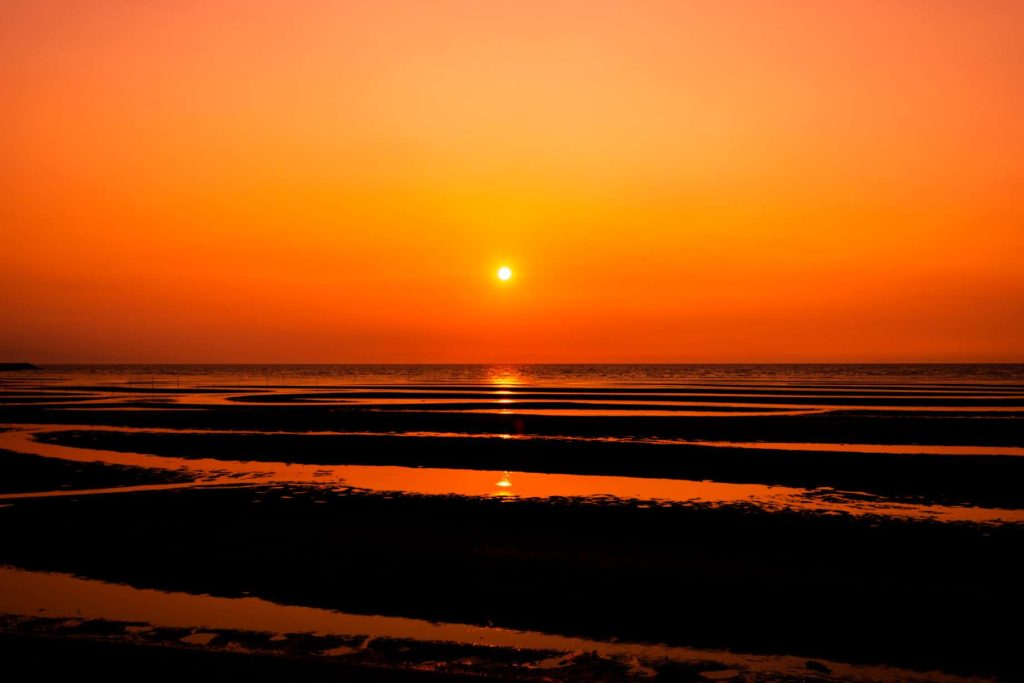
It is not all just mountains and forests for the Kunisaki Peninsula, especially with the presence of the Matama Coast (真玉海岸). Matama Coast is listed as one of Japan’s 100 most beautiful sunsets spots; as well as a popular site among the locals beach goers. While the coastline contains a 20 km long road that are filled with Insta-worthy spots, it is the beach itself that makes this place a highly revered one. During the low tide, smooth mudflats will emerge across the beach. These mudflats will then reflect the already gorgeous sunset; creating an entirely new layer of beauty and making you feel like you are walking along a mirror. If you are looking for a place to spend your honeymoon, do not miss out on this gorgeous beach.
Nature with a Dip of Hot Spring
A hot spring that is popular among local hikers during hiking seasons, Ebisu Onsen (夷子温泉) is located strategically nearby the gorgeous range of mountains of Ebisudani (夷子谷). The hot spring here is uniquely murky brown in colour, due to the rich sodium-calcium content which is said to treat neuralgia and chronic skin diseases. Ebisu Onsen’s real charm lies in its outdoor setting, allowing one to soak comfortably while enjoying the serene countryside scenery of village houses sheltered by lush maple trees. And if you can’t get enough of sceneries, head towards the Ebisudani Yaba Observatory Platform (夷谷耶馬展望所), 3-minutes away by drive. This is one of the best spots to view the majestic Ebisudani (夷谷); which blends in perfectly with the surrounding evergreen forest.
Looking for a Cherry Blossom Viewing Spot?
Believe it or not, dams in Japan feature some of the best sceneries to look out for, especially during spring. Aki Dam (安岐ダム) is a go-to spot among locals in Kunisaki for cherry blossom viewing; with the area sporting 3,000 cherry blossom trees. Towards the end of March until early April, these trees will blossom; turning the scenery into an enchanting sea of pink while being accompanied by the stunning mountains in the background. A fitting place to have a picnic; especially under a clear sunny day. If light shows is your thing, consider staying up until evening (6 – 9 pm) whereby the park will be illuminated beautifully in midst of the darkness.
Just 7 minutes away from Oita Airport (大分航空) lies the scenic Ogi Kannon (小城観音) park. It once contain a temple hall that was built in AD 717. Unfortunately was burnt down and today, only a recent reconstruction remains that was built in 1984 remains. Nevertheless, the main highlight here is the observatory platform which provides a stunning overview of the airport together with the surrounding landscapes and the ocean. Heck, one can even catch a glimpse of the Shikoku (四国) island from here. And from end of March until early April, one can enjoy the breathtaking view together with the mesmerising presence of the cherry blossoms.
For the Adventurous Hikers
For the hikers who seek to explore the beauty of the Kunisaki Peninsula, consider hiking along the Minemichi Long Trail (国東半島峯道ロングトレイル). This 137 km-long trail is in fact, a reconfigured course based on the ancient pilgrimage route of monks in this region. The course itself involves a pilgrimage through the region’s sacred religious sites while trekking across serene mountains and deep forests; allowing for plenty of amazing opportunities to immerse into the unspoiled nature. Additionally, there are plenty of lookout spots for gorgeous sceneries as well.
In particular, look out for the scenic Ofudo Iwaya cave (大不動岩屋) along the way. This large cave not only includes a little altar to worship the deity, Fudo-Myoo (不動明王); but also features a stunning overview of the surrounding mountains. Especially during mid-November, the different layers of shades of orange from the autumn leaves simply add a whole new dimension of beauty to the mountains themselves. To learn more about this fascinating hike, check out Toyo-no-kuni Millennium Heritage Tourism here.
Getting Out of the Kunisaki Peninsula
Mountains and valleys are not the only gems of the peninsula; as there are some note-worthy attractions nearby. Most notable is the grand shrine Usa Jingu (宇佐神宮), a beautiful shrine which also incorporates Shintoism and Buddhism styles in its architecture. Then, there is also the nearby Kitsuki castle town (杵築); one of Japan’s most authentic castle town. The town is well-known for its unique sandwich landscape as well as having the smallest castle in Japan.
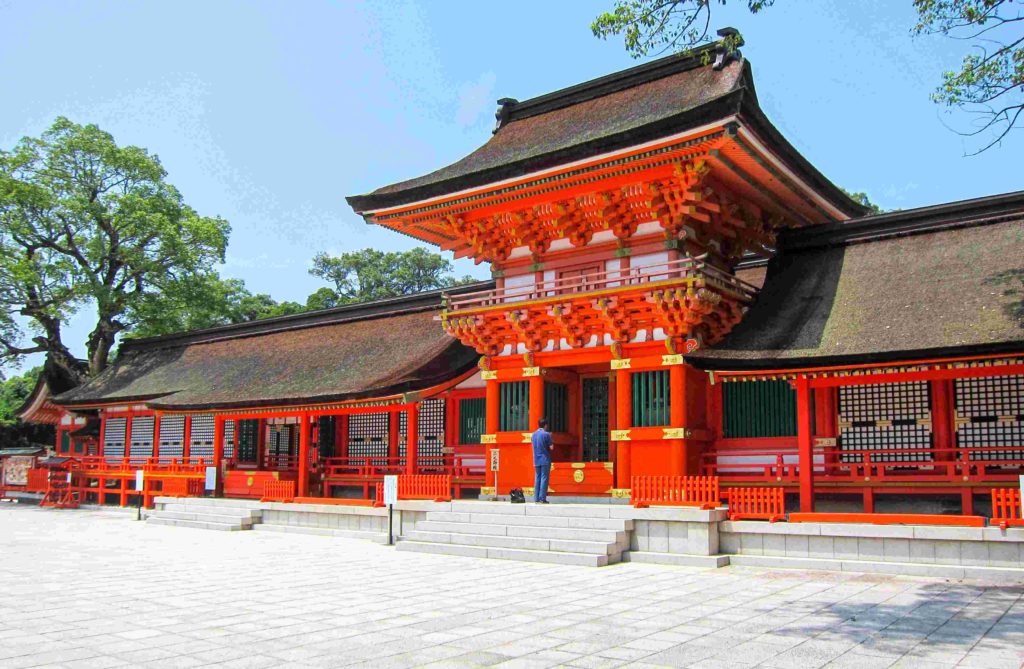
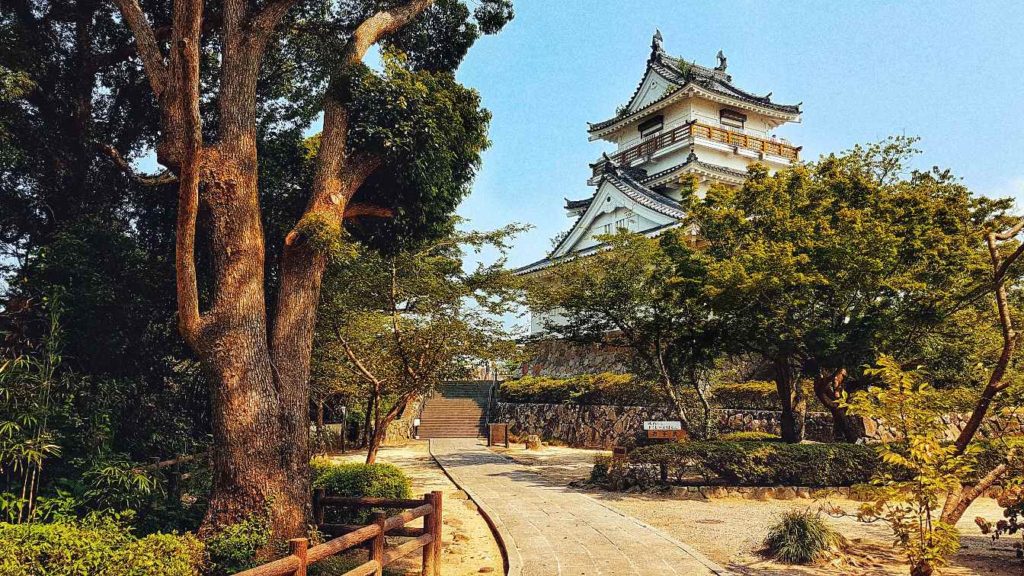
Apart from that, history buffs should check out the Showa-no-Machi (昭和の町) in the nearby city of Bungotakada (豊後高田). This little town is an authentic recreation of vintage Japan from the 1950s to 1960s, post-World War 2 era. The area features an undeniably calm atmosphere; allowing visitors to browse through the vintage mom-and-pop restaurants as well as shops that sells a variety of nostalgic gadgets and toys.
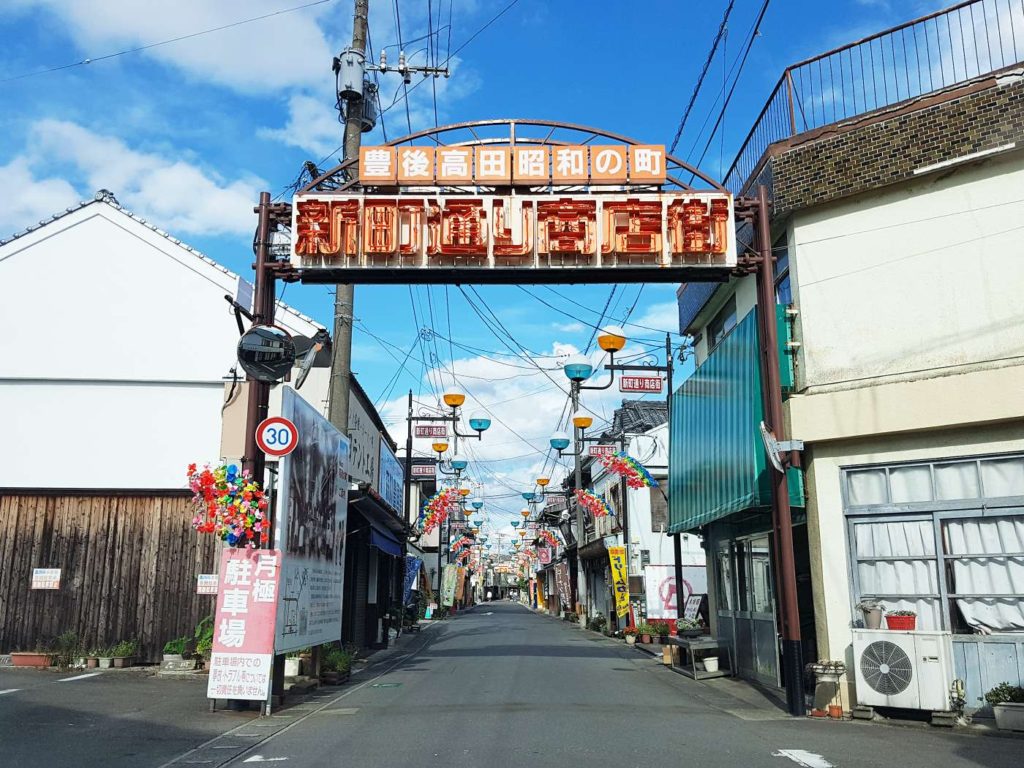
Getting Around the Kunisaki Peninsula
Given the scarcity of public transportation around the region, renting a car is certainly the way to go. It provides much more flexibility; given majority of the destinations are nestled deep within the forest. In fact, a friend of mine used Tocoo; Japan’s leading rental car website which is reliable and provides a wide selection of cars with affordable rates. Are you unsure of getting the necessary license and familiarising with the rules of driving in Japan? Fret not as they provide comprehensive and elaborate guides in their site regarding driving in Japan. Click here to embark on a wonderful journey of driving through the countryside of Japan.
Kunisaki Peninsula Travel Tips and Where To Stay
Where To Stay
Because of the region’s secluded nature, options for accommodation within the region is limited. For those seeking for budget accommodations, consider looking for hotels in nearby city such as Oita, Beppu and Kitsuki. Looking for something traditional, authentic within the peninsula and willing to splurge? Then, check out Ryoan Fukinotou (旅庵 ふきのとう), a traditional and zen-like inn (ryokan/旅館) located just walking distance from the historical Fukiji temple.
This homely inn provides a unique experience of a traditional Japanese hot spring inn with a twist of incorporating the spiritual lifestyle of a monk. Visitors can enjoy fresh and savoury countryside delicacies prepared by the monk of Fukiji temple himself and also participate in a relaxing meditation at the temple grounds. A night’s stay at Ryoan Fukinotou is certainly a wonderful way to immerse into Japan’s untouched beautiful nature while experiencing the region’s genuine monastic lifestyle.
Best Time To Visit
Ideally, the most comfortable seasons to visit the region are indeed spring and autumn given the moderate temperatures. Summer on the other hand is the time for hiking around the mountains in the region, while winter provides opportunities to look out for rare sights of temples being covered with ethereal white snow. Here are some attractions to look out for each season:
- Spring: A great time to sit right next to a cherry blossom tree and enjoy a cup of sake (酒) while enjoying the scenery. Look out especially for these lesser-known local cherry blossom hotspots.
- Summer: Consider exploring the hiking spots around the region such as the scenic Minemichi Long Trail. Also, check out the flowers that bloom within the grounds of the Choanji temple.
- Autumn: Temples including Futagoji and Fukiji features some of the most peaceful spots to enjoy the enchanting countryside autumn scenery.
- Winter: For those seeking to enjoy the snowfall; as well as catching the rare and mesmerising sight of the rustic temples covered in snow. Also, the only time to catch region’s annual demon possession festival, Shujo-Onie.
Getting A Wifi
While there are several spots in Japan that do offer Wifi, it can be difficult to access the internet in many areas; especially in a town like Nachi-Katsuura that is located in the countryside. For our road trip in Japan, my wife and I used Ninja Wifi and we had an easy time travelling to even the smallest towns and secluded mountains while staying connected with our families.
Ninja Wifi offers eSIM and portable Wifi services that provided us with a stable internet connection during our road trip in Japan. In particular, the portable Wifi allows several devices to connect simultaneously and all we need to do was to scan the QR code and we easily got connected in just a minute. Book your Wifi services here with 10% discount for your next Japan trip!
Overall Thoughts
The Kunisaki Peninsula is undeniably a must-visit; especially for those who seek to bath in the beauty of nature. From the smallest rustic temple to even the unique countryside landscapes, the region offers a path of spirituality as one traverses across the lush and tranquil forest. Definitely check out the peninsula if you:
- Are a huge fan of mountains and also love trekking.
- Enjoy immersing yourself into mother nature and also seeking the path of spirituality.
- Want to learn more about the fascinating background of religions in Japan.
- Are into nature photography (especially forests, mountains, ravines and etc).
Loving the content here?
Subscribe and get your free hidden gems in Japan bucket list here.


You May Also Like
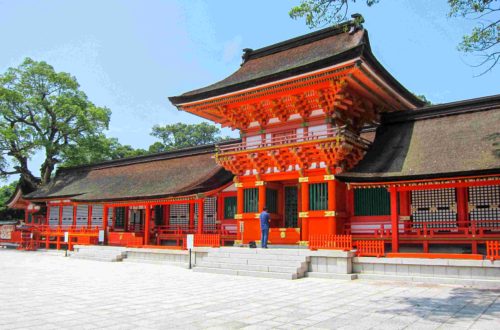
Usa Jingū – A Complete Travel Guide to Japan’s First Hybrid Shrine
May 14, 2021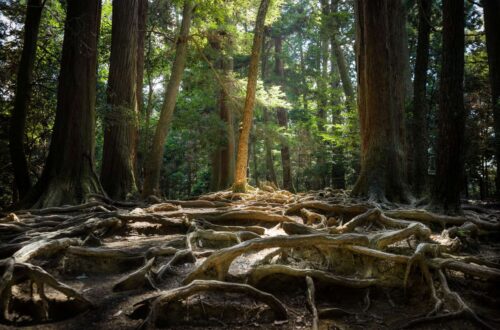
Kurama to Kibune Hike – A Complete Day-Trip Guide from Kyoto
April 28, 2024